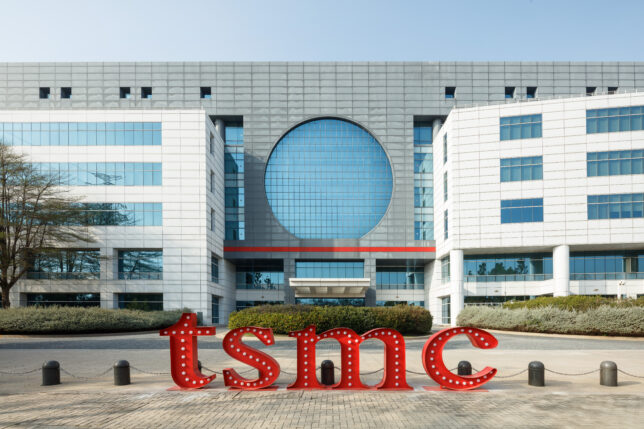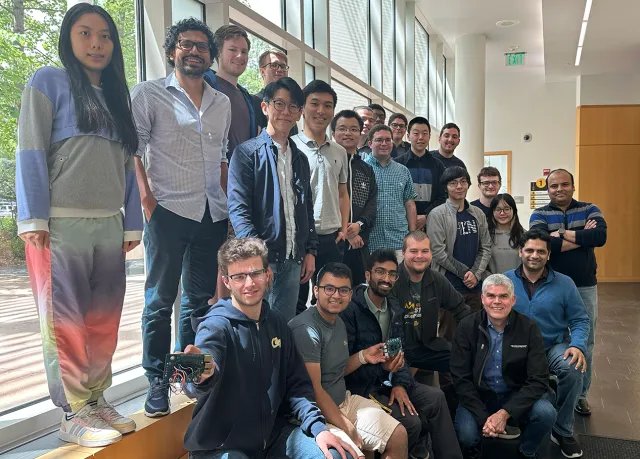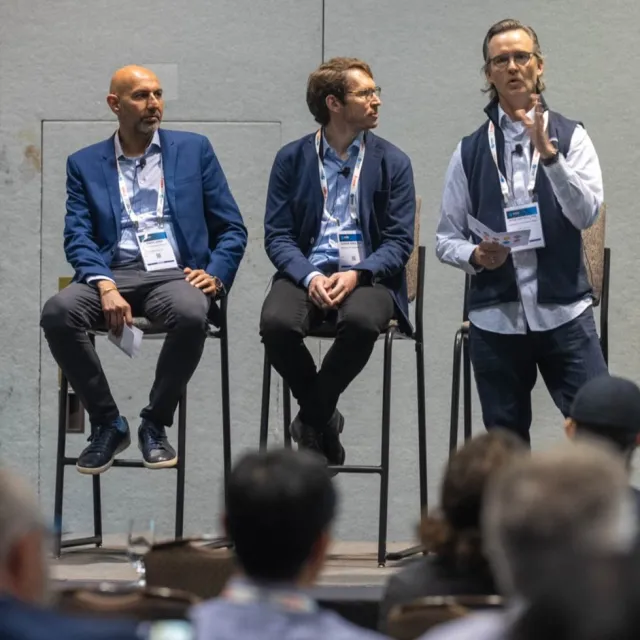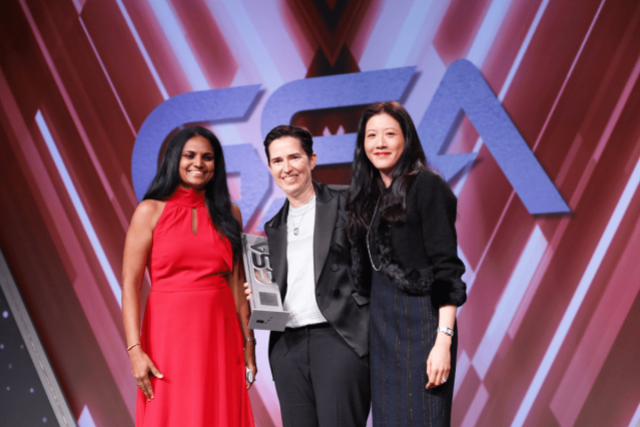Semiconductor technologies live and die by industry standards, but are there times when it makes sense to build a heavily customized—even proprietary—memory device?
The chip sector is replete with standards organizations that guide the evolution of widely adopted memory devices. JEDEC is responsible for DRAM, LPPDR, GDDR and high-bandwidth memory (HBM), among others. The Peripheral Component Interconnect Express Special Interest Group takes care of the most ubiquitous protocol for data movement, while NVMe Express and the CXL Consortium built their specifications with PCIe as their foundation. Most recently, the UCIe was developed to bring best practices to chiplets.
The highway of DRAM technologies is littered with the roadkill of non-JEDEC-standard memories. If something isn’t JEDEC-standard, or if a DRAM vendor tries to go it alone with something that they want to differentiate with, it’s going to die.
Among the many abandoned memories that never saw widespread use are Micron Technology’s HBM competitor, Hybrid Memory Cube, and Rambus’s virtual-channel DRAM, even though the latter had the backing of Intel.
The value of a standardized memory device is that it can be multi-sourced—an SK Hynix product will plug into the same socket as a Micron product.
That’s not to say some vendors aren’t offering special features. There will be DRAM vendors that will have their own special features that they unlock for special customers, and it’s still standard DRAM.
Some memories that are developed by more than one vendor may show potential but are subsequently abandoned by all but one of the vendors. Reduced-latency DRAM was initially developed by Infineon Technologies in the late 1990s; Micron was subsequently brought in as a development partner and a second source, but Infineon opted to exit the market.
The challenge of being the sole source of a memory product that has a strong customer base—especially if it’s a Tier 1 customer—is that it’s difficult to end-of-life the product.
Read my full story for EE Times.
Gary Hilson is a freelance writer with a focus on B2B technology, including information technology, cybersecurity, and semiconductors.






